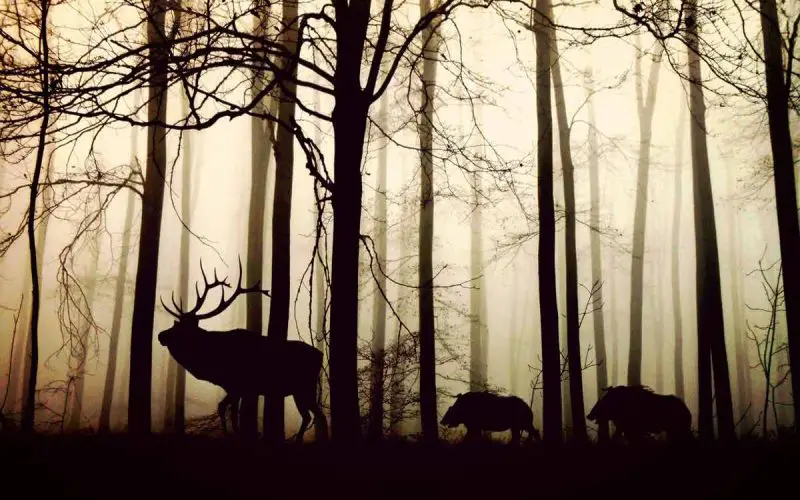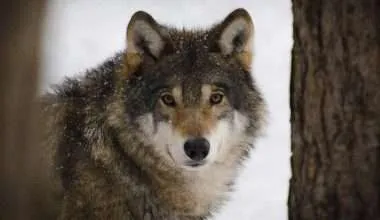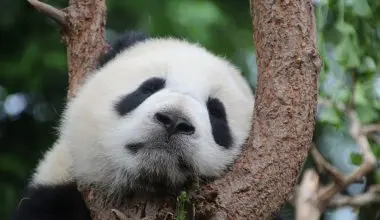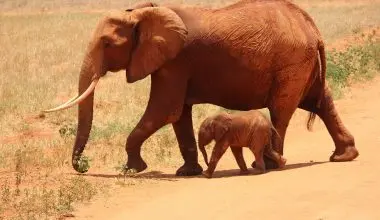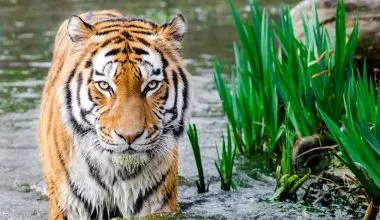Table of Contents Show
What is a Forest Habitat?
A forest habitat is a woodland or forest that offers a ‘habitat’ (a place to live) for a range of flaura and fauna. A forest is a completely different habitat. In a way, forest areas are an assortment of trees that cover a particular area.
Forest hosts a wide array of wildlife and is considered to be a form of wildlife habitat bolstering a diverse communities of wildlife animals and encouraging animal interactions.
There are many different levels to a forest:
- The forest floor: when leaves, brushwood and fruit fall from the tops of trees, this is where they end up. It’s also named the ‘recycling layer’ for when the debris breaks down, it all becomes part of the forest over again. You might find loads of insect species in this layer of the forest as well.
- The herb layer: this layer is consists of wildflowers, ferns, tree seedlings and grasses. This grows densest in forests which have a more open canopy and understory.
- The shrub layer: right on top of the herb layer, the shrub layer’s plants are bigger. This is typically made up of bushes and shrubs with branches and twigs.
- The understory: this is a layer of newer trees; they’re still developing taller and aren’t as high as the oldest trees in the forest yet.
- The canopy: when the leaves and branches of the trees and plants entwine, this is known as the canopy. It conceals the top of the forest and may differ between being dense with slight visibility of the sky, and more open which means you can see lots of the sky.
- The emergent layer: this is above the canopy and comprises of trees which have grown higher than the rest; they’re pushing out above everything else.
Forests act as a habitat to 80% of the world’s plant and animal species (a lot of of which are yet to be discovered), and three hundred million people reside in forests around the world! Animal and plant species exist in every layer of the forest, which is why it’s easy to understand why forest habitats are so abundant with wildlife.
There are many types of forests, such as tropical forests, deciduous forest, boreal forest, temperate forest and coniferous forests. All of these host a vast forest ecosystem with biodiverse organisms such as insects, tadpoles, reptiles such as lizards, amphibian, bird species, and mammals such as the roe deer.
From the smallest mammals to the largest trees, a huge biodiversity can be found in the vast forest habitats around the world.
Not only are forest habitats crucial for biodiversity, they similarly massively contribute to the world’s oxygen levels. Trees suck up carbon dioxide and further greenhouses gases and discharge oxygen in its place, which aids the fight against climate change.
Devoid of forests and woodlands, the Earth wouldn’t have as many diverse plants and animals, and we’d have much not as much of oxygen to respire.
Why do forest animals live where they do?
Life of animals in a forest habitat is quite different from other biome. Diverse forest animals require varying kinds of habitat, conditional to the type of food and shelter they need. Some select the vegetation found in young, open forests.
Others necessitate features like snags or fallen logs, which are usually found in older forests. Some animals live in forests of any age. As forests age and the habitat configuration alter, the occupying wildlife will alter as well.
Young, open forests:
Young, open forests come about after instabilities like fire or logging. Shrubs, grasses and young trees appear initially.
Who lives here: Mountain Bluebird, Black Bear, American goldfinch and more.
Middle-aged forests:
The trees in a middle-aged forest have outgrown weaker deciduous trees and other plant life. The canopy is open plenty for the growing of soil foliage that some animals have a preference for.
Who lives here: Roosevelt Elk, Pacific Tree Frog, Long-Toed Salamander, and more.
Older forests:
Older forests have huge trees, an intricate canopy, a very developed understory of vegetation, and collapsed logs and snags that arrange for habitat for some animals
Who lives here: Marbled Murrelet, Douglas Squirrel, Hoary Bat and more.
Life of Animals in Forests: Examples
Life among the trees can be rough. However, owing to some quite special adaptations, a large quantity of marvelous animals thrives in our forests, such as squirrels, bears, and the white tailed deer of Central America.
Evolution is at the origin of all life on earth, making animals acclimate to live on. After evolving for millennia, the species below are all seamlessly adjusted to forest life.
1. Goshawk
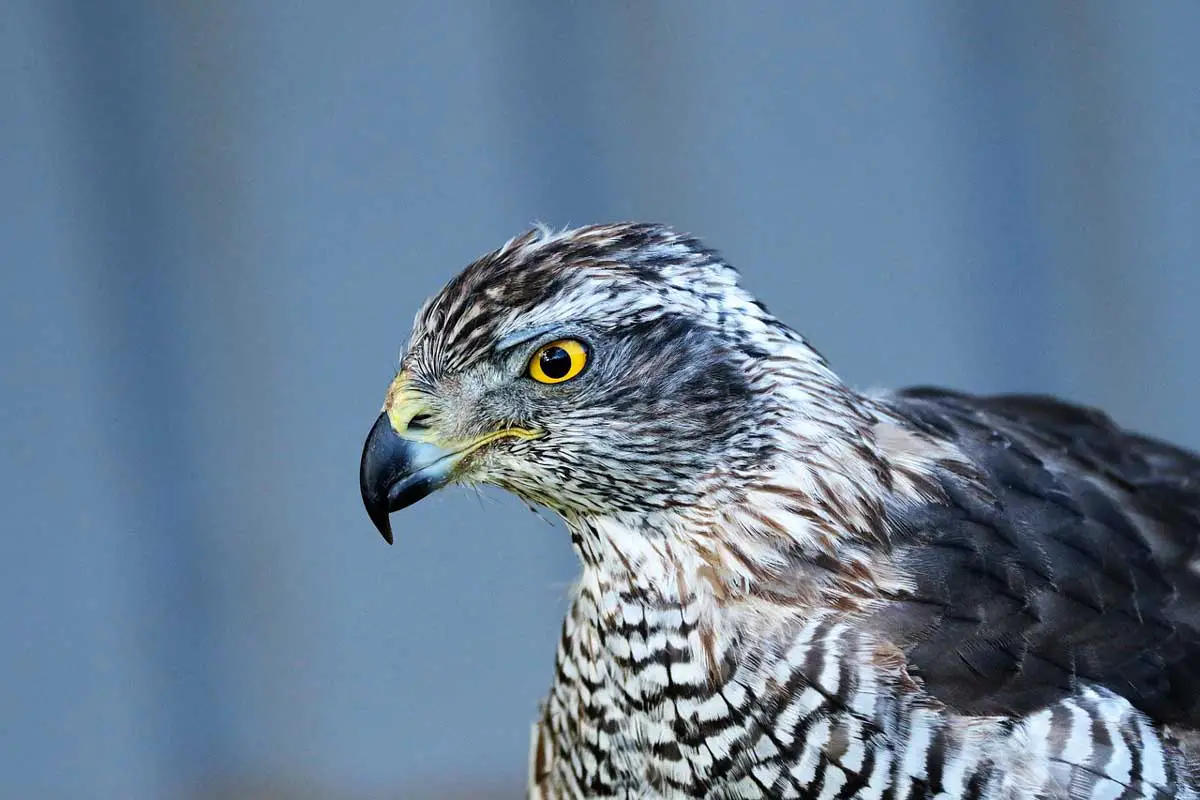
The goshawk is one of the UK’s most mysterious birds and a mystic forest animal, but it’s anything but reluctant and reserved. These raptors are heat-seeking bullets prepared with a lethal range of adaptations.
Goshawks thrust themselves through holes in the overgrowth by pushing up and launching their talons forward. They fold up their wings to soar between openings in the trees, all the while their tail fans out like a third wing to sustain lift.
In the meantime, semi-transparent additional eyelids close to shield their eyes from thorns. With this amazing agility, goshawks are capable to capture squirrels, wood.
The grouse is also native to the UK and is a game bird found in pine forests.
2. Pine Marten
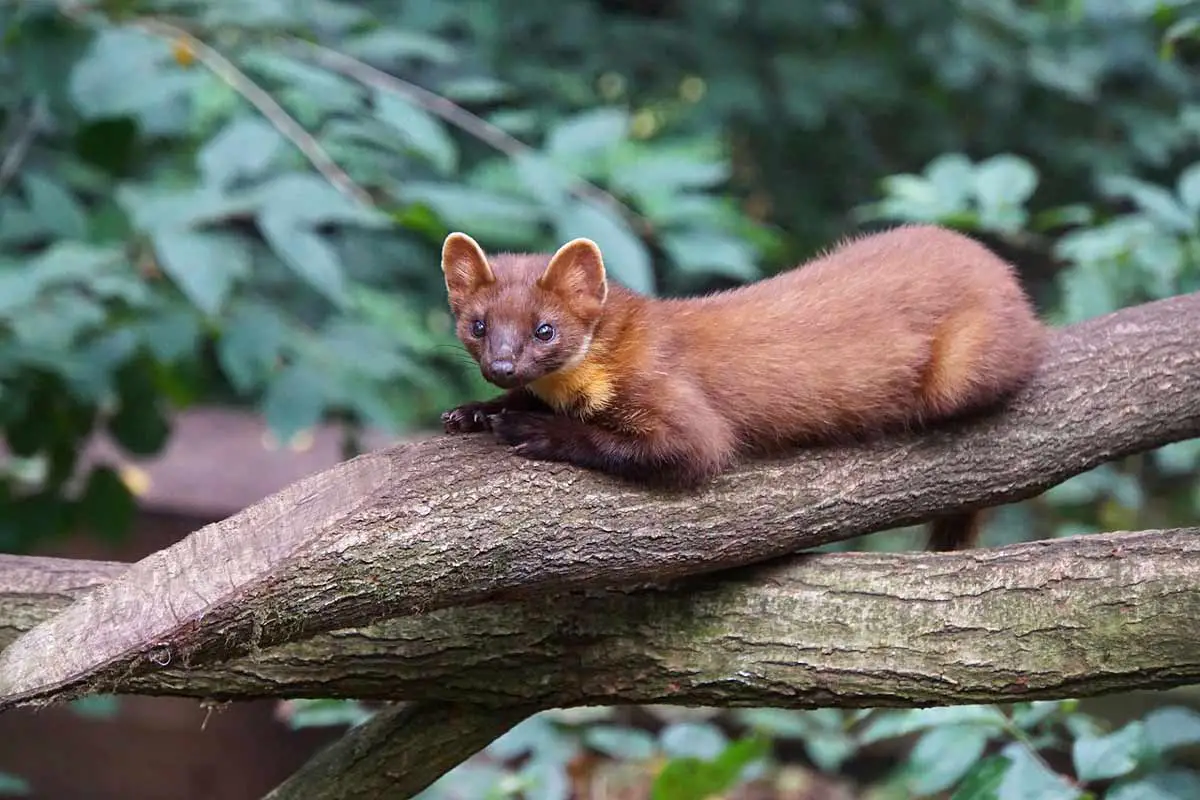
The pine marten’s habitat is, regrettably, part of what makes this animal so uncommon. It prefers woodland, but is generally limited to Scotland because of habitat loss and past maltreatment.
Strong semi-retractable claws make them brilliant climbers. Also, they have flexible ankle joints, which mean they can scurry up and down trees when chasing prey.
3. Treecreeper
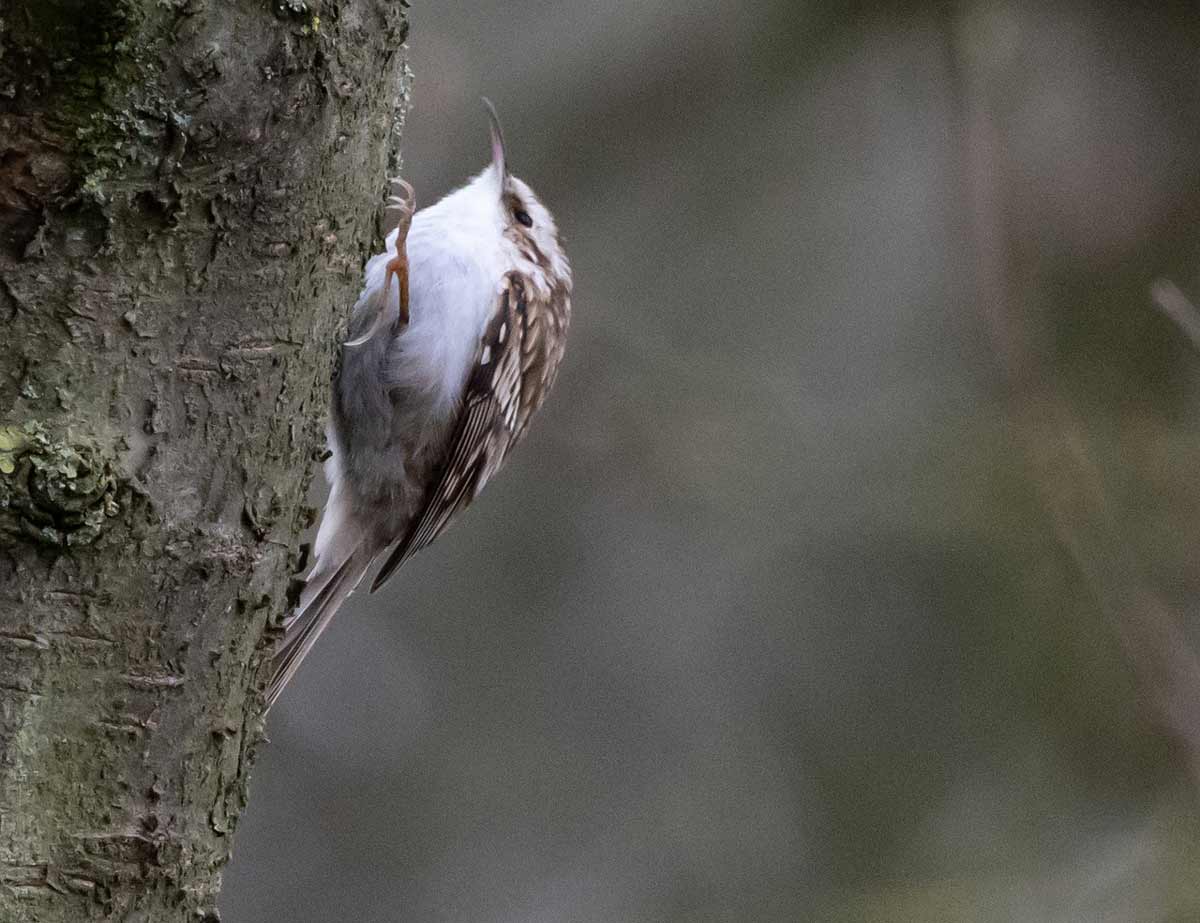
Treecreepers scuttle up tree trunks effortlessly. They are impeccably adjusted for life in the forest, with powerful feet and elongated, curved claws.
These come in use when searching for insects in the gaps of tree bark. A delicately curved bill captures prey while steadiness is kept with a firm tail.
It is further believed that the bill and claw length of treecreepers may differ rendering to the seasons. This lets them make the most of scavenging prospects throughout the year.
4. Stag Beetle
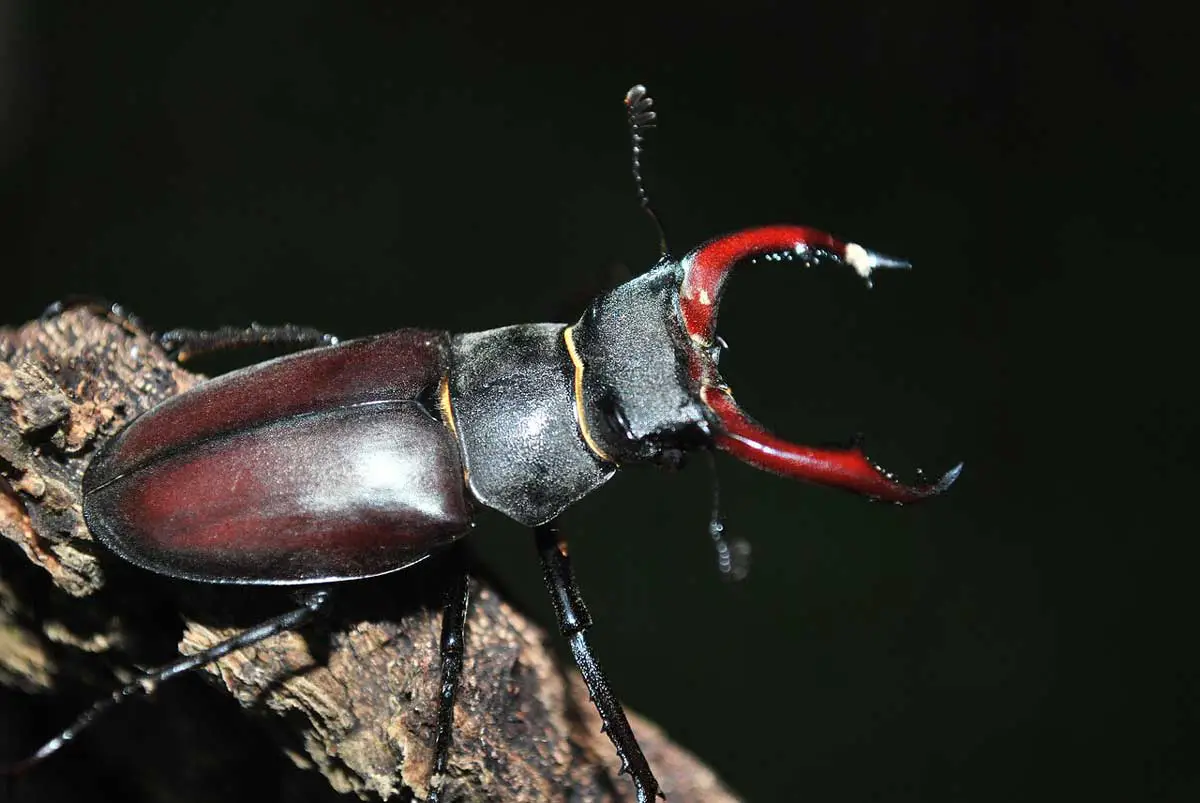
The large mandibles are remarkable. However, they aren’t what characterizes the stag beetle a forest expert. That is all down to their larvae. Stag beetles spend anywhere from three to seven years in their larval phase.
Concealed beneath the soil, they feed on that woodland specialty: rotten wood. Grown beetles live for just a few months, expending up their fat stores, but will also eat fruit that fallen on the ground and drink tree sap.
5. Red Squirrel
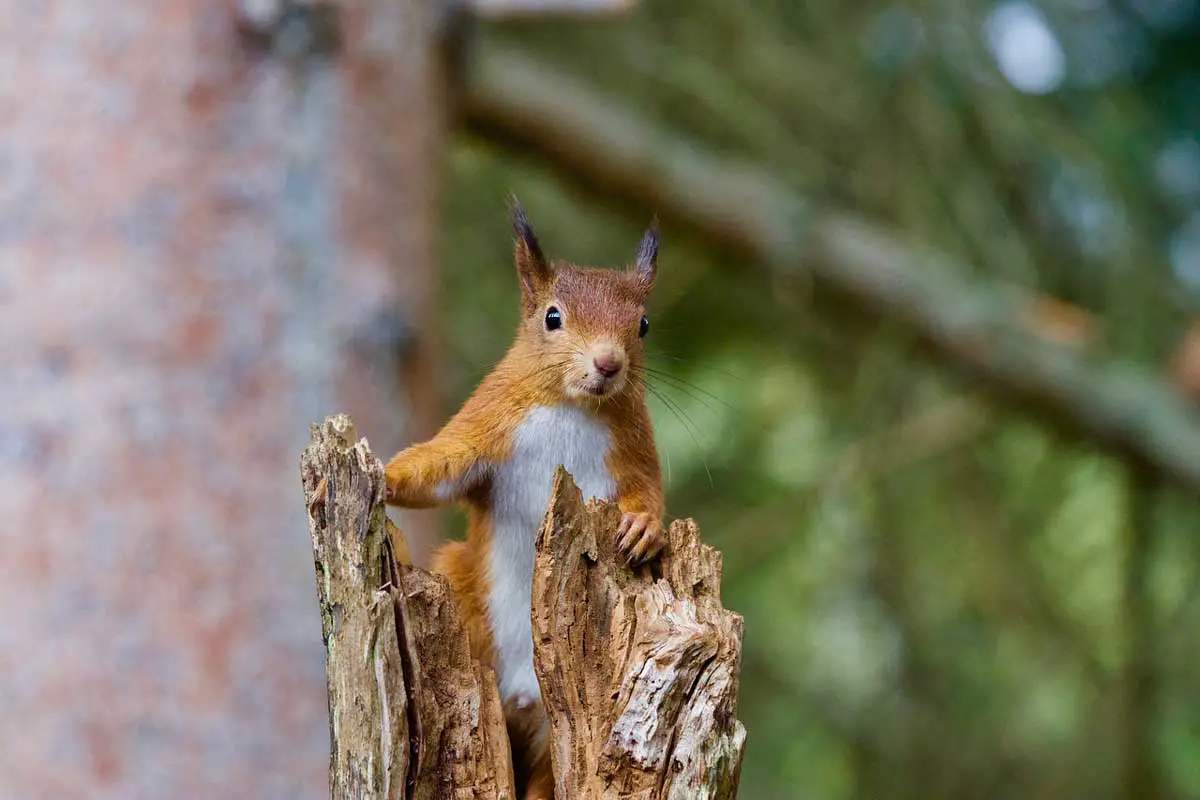
It’s no surprise that red squirrels are perfect for forest survival. Their extended tail and sharp claws assist them to dart up and down soaring trees and jump from branch to branch. Similar to pine martens, their flexible ankles allow for incredible maneuverability.
But red squirrels have an extra adaptation. With four toes on their front paws but five at the back, they have even better control when up in the trees.
6. Wild Boar
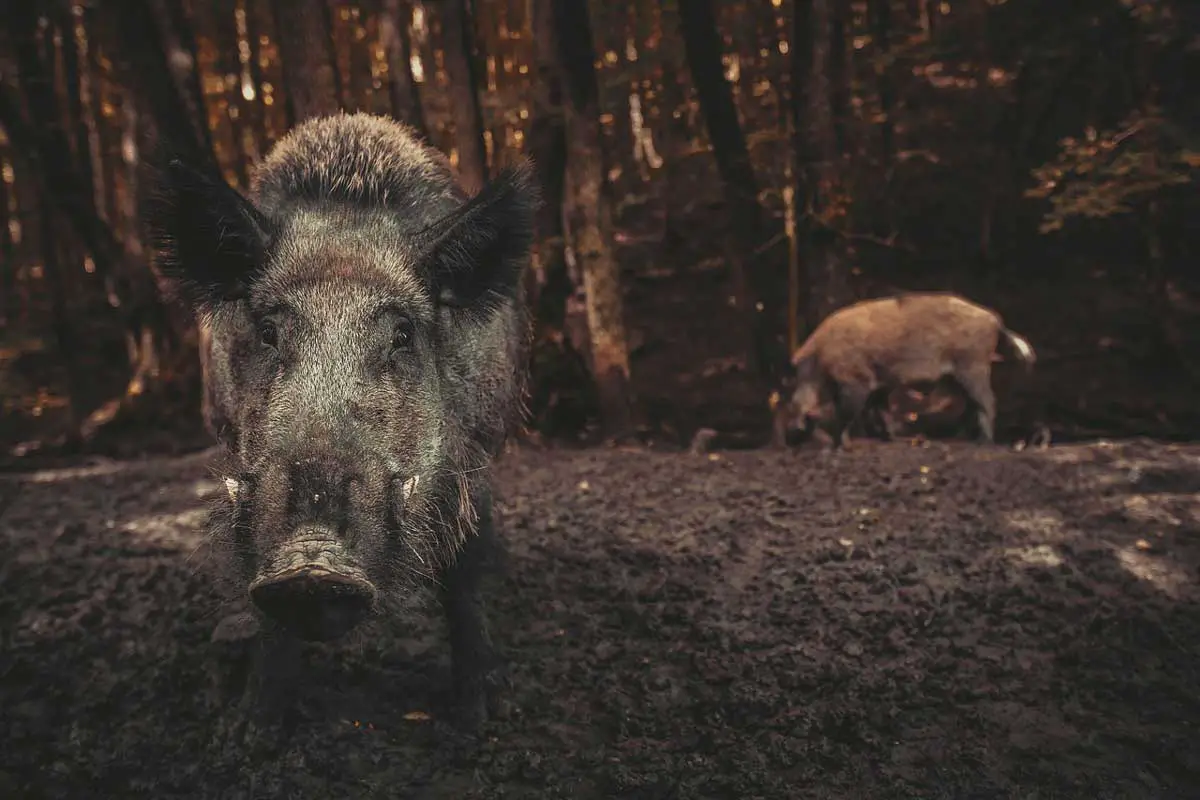
Nonexistent for centuries, wild boar have come back to some of the UK’s woods. This is because of absconding from farms and perhaps unlawful releases.
Their powerful snouts are adapted to digging through woodland soil, while thin brown hair aids them to blend in among the trees. Piglets are even stripy like humbugs for further camouflage. What makes the wild animal most triumphant, though, is their extremely diverse diet.
They will feast on almost anything found in the forest, from bird eggs and worms to acorns and carrion.
7. Purple Emperor Butterfly
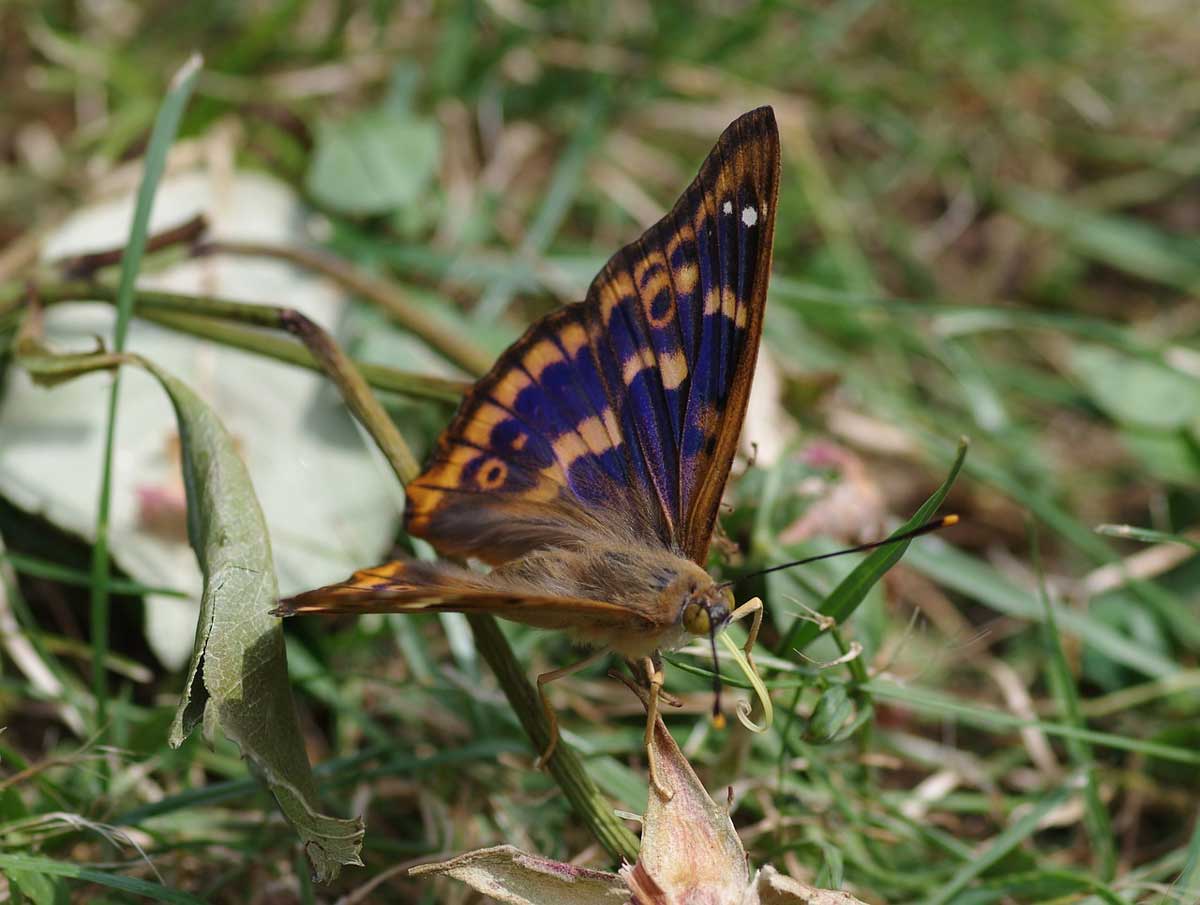
The purple emperor is one of the most obscure creatures in the UK. It spends most of its life up above the canopy, flapping around in quest of aphid honeydew and tree sap. But this isn’t their only food source.
Purple emperor butterflies have bizarre palates. They will come down from their large realm above the oaks to feed on urine, animal droppings and carrion. They can’t get enough of the salts in this strange butterfly diet: a vital part of their nutrition.
8. Brown Long-Eared Bat
Majority bat species grab their insect target from mid-air. The brown long-eared, on the other hand, chooses to grab its food from the trees. They have even been identified to capture spiders from their webs.
It is all because of those amazing ears. Brown long-eared bats have outstandingly sensitive audible range. Joined with their silent form of echolocation, this makes them deadly predators.
9. Woodlouse Spider
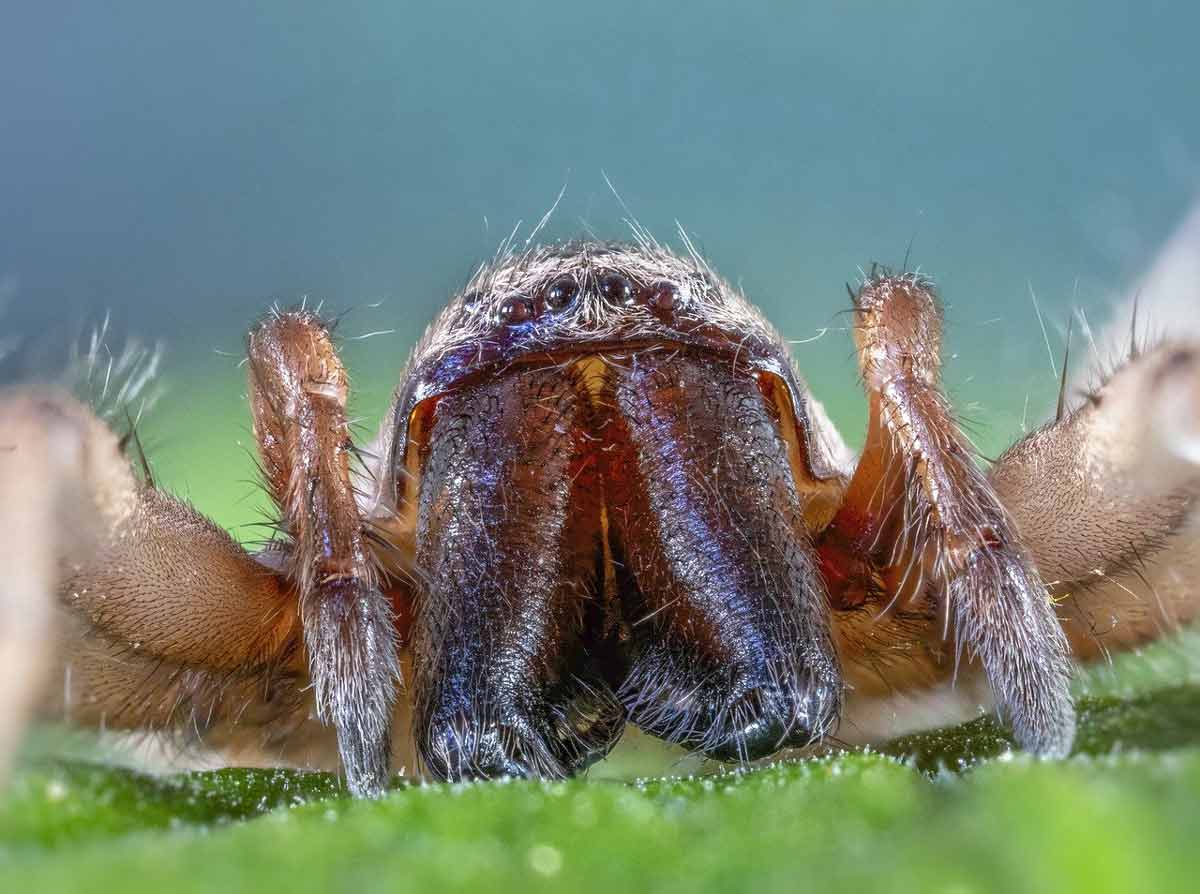
Tiny but impeccably formed. The business end of a woodlouse spider makes it a daunting forest hunter. They might just be 3cm long at the most, however these small spiders come with remarkable mandibles. Their victim? Woodlice!
These spiders guard their woodland habitat, stalking woodlice beneath logs and stones. Their strong fangs come into play when they hunt: penetrating the louse’s hard exoskeleton without difficulty.
10. Tree Kangaroo
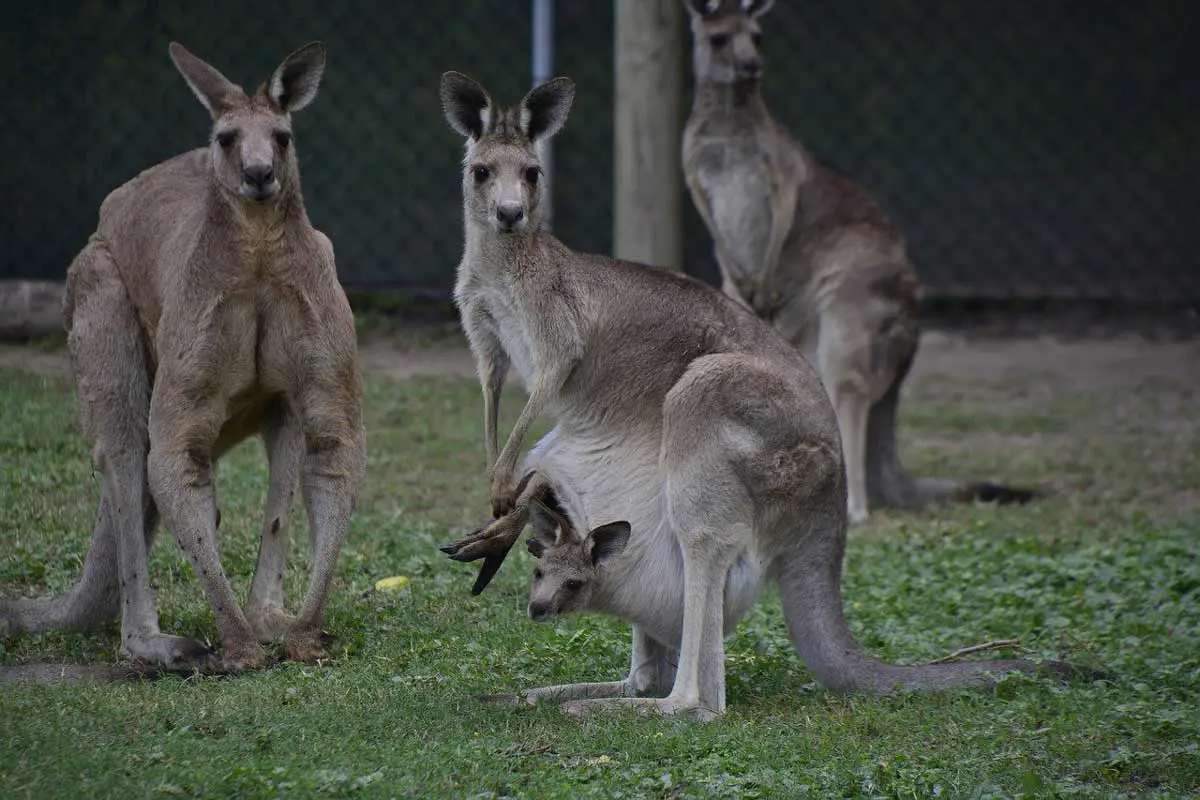
Tree kangaroos exist in low-lying and hilly rainforests in Papua New Guinea, Indonesia, and the far north of Queensland, Australia. They have adapted to life in the trees, with smaller legs and tougher forelimbs for climbing.
They are the biggest arboreal mammal in Australia. Like all macropods, as an alternative of sweating, tree kangaroos lick their forearms and let the evaporation to help cool their bodies when hot.
Many tree kangaroo species are very uncommon and most are declining in number. They undergo habitat loss because of deforestation.
11. Giant Panda
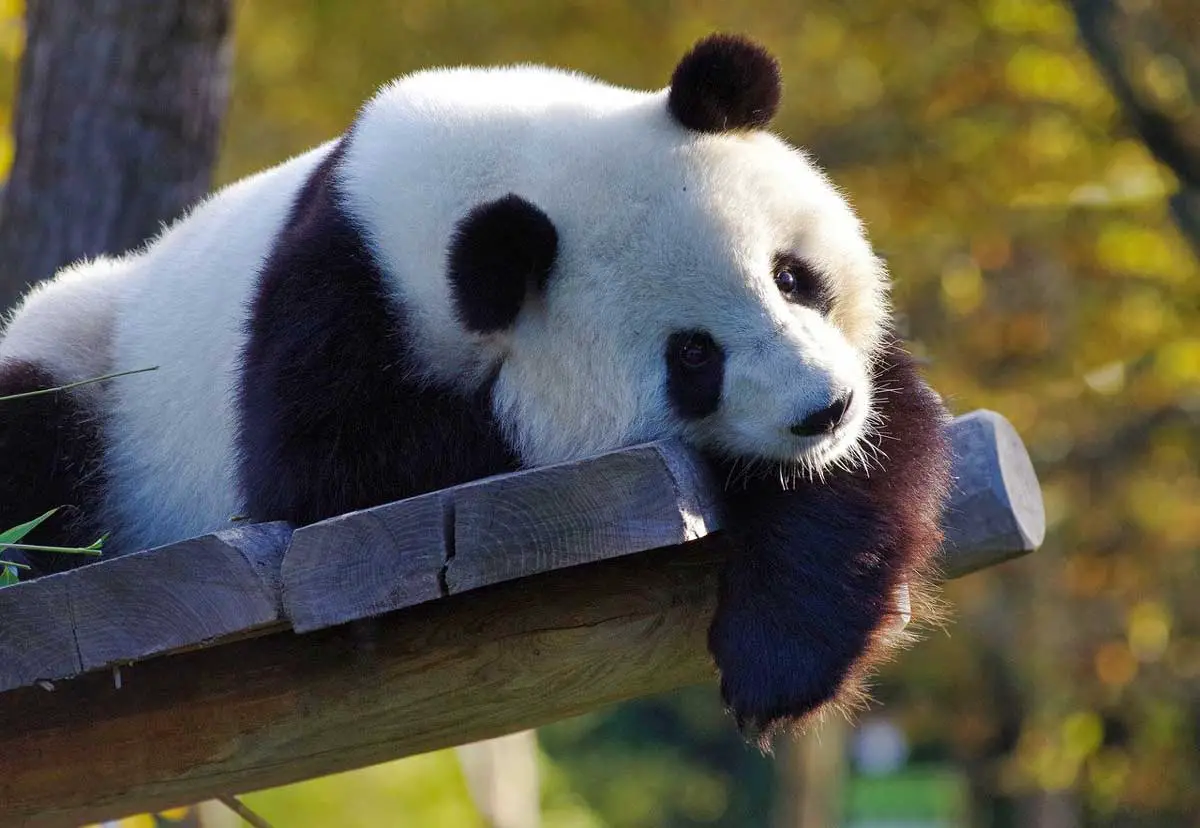
Pandas live mostly in bamboo forests up in the highlands of western China, where they live virtually completely on bamboo. They play a vital part in the bamboo forests by scattering seeds and helping growing of vegetation.
Panda’s undergo habitat loss because of the construction of roads and railroads, which piece apart the forest, sequestering panda populations and stopping breeding trends, and decreasing pandas’ access to the bamboo they need to subsist.
12. Saola
Saolas are one of the most rare and most endangered species on Earth. They are a counterpart of cattle but look like antelope. They are extremely threatened and are found only in the Annamite Mountains of Vietnam and Laos.
As forests vanish under the chainsaw to make way for farming, estates and infrastructure, saola are being forced into smaller spaces. Fast and large-scale infrastructure in the area is also dividing saola habitation
13. Orangutan
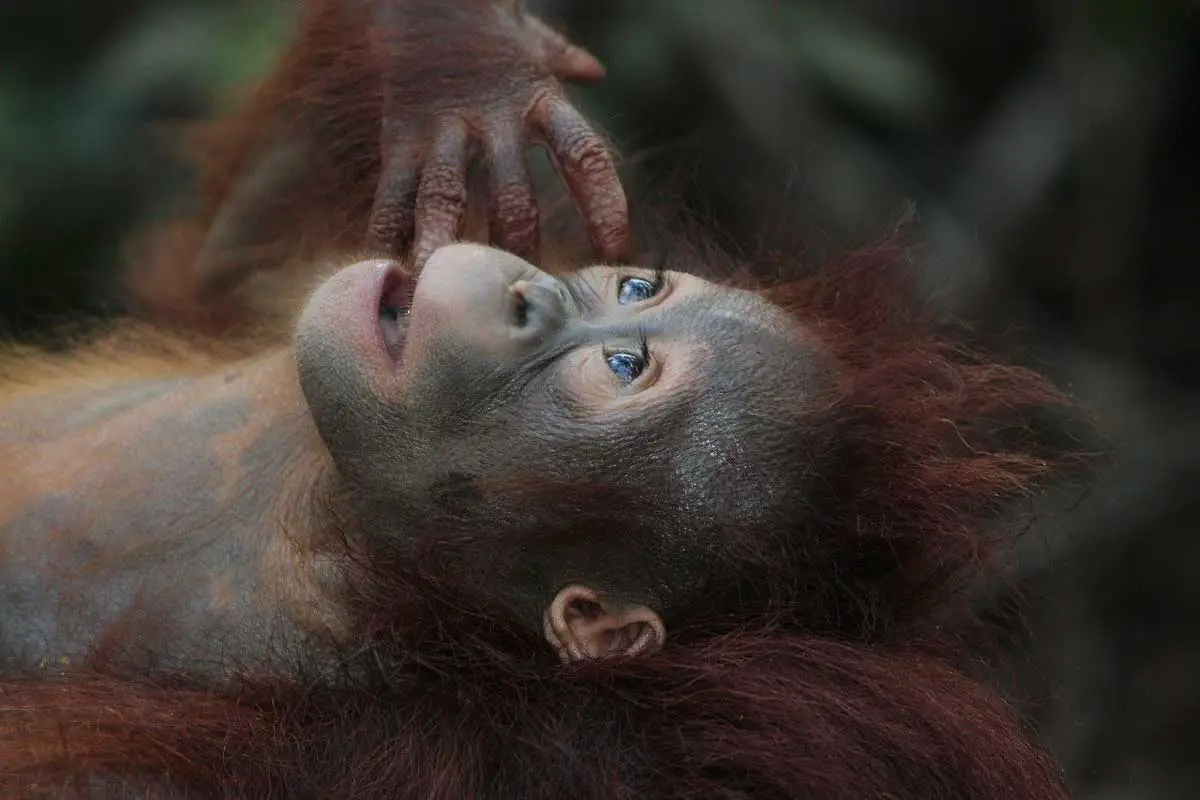
The name orangutan is translated to “man of the forest” from the Malay language, and they are the world’s biggest tree-climbing mammal. They make nests of trees of vegetation to slumber in at night and relax in during the day.
They are “gardeners” of the forest, playing a crucial part in seed dispersion in their habitats. Their habitat is rapidly vanishing to make way for oil palm farms and other agricultural farms. Currently, more than 50% of orangutans are found outside secure areas in forests under administration by wood, palm oil, and mining corporations.
Orangutans exist on the islands of Borneo and Sumatra. The island of Sumatra has lost 85% of its woodlands and an analogous amount of devastation is happening on the island of Borneo.
14. African Forest Elephant
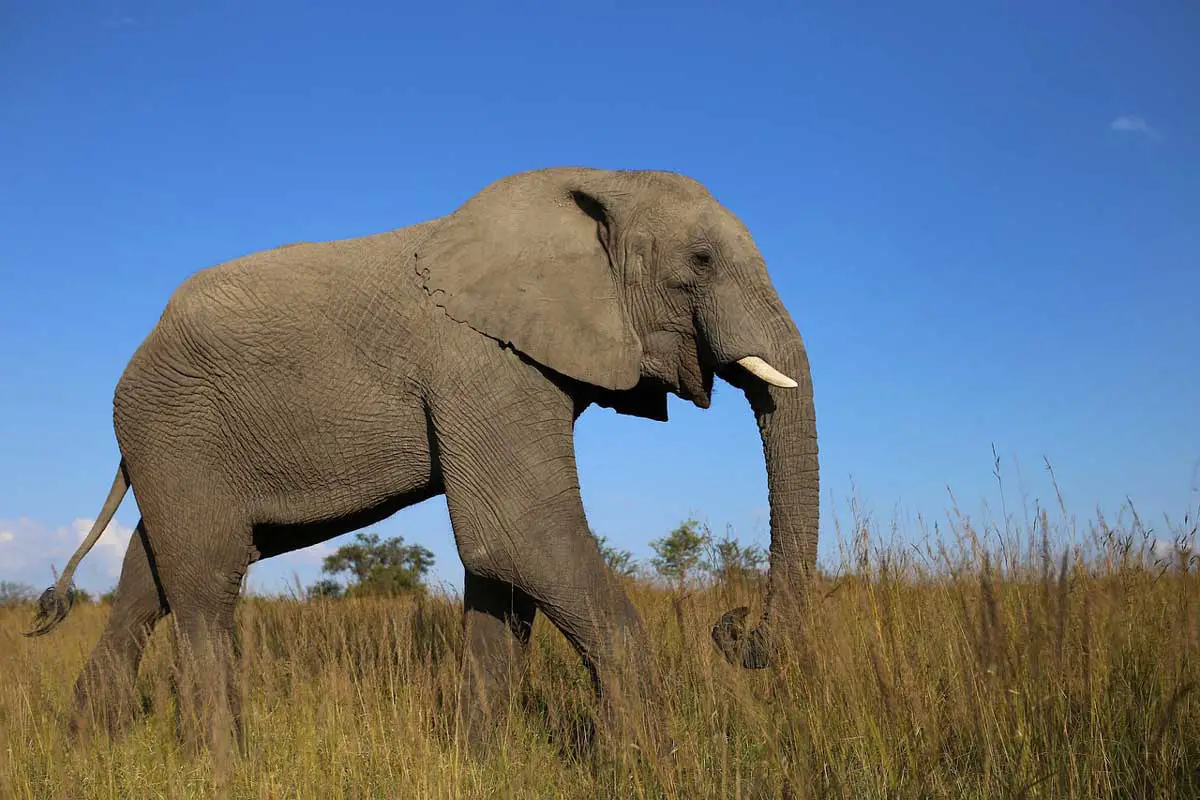
African forest elephants live in the thick rainforests of west and central Africa. They are comparatively smaller than African savanna elephants, with more oval-shaped ears and less curved tusks that point downward.
By consuming more fruits from more tree species than possibly any other big vertebrate, an African elephant is important for the spreading and germination of several rain forest trees. For some of these species, their seeds will only germinate once they have passed through and with the elephant’s stool.
In brief, elephants are actual forest gardeners. Their range has been decreasing quickly from 3 million square miles in 1979 to less than 1 million square miles at present. Poaching has additionally destroyed their left over populations by over 65% from 2002 to 2013.
These elephants are being moved into smaller islands of sheltered areas, further hampering their freedom to wander and long term existence.
15. Bald Eagle

The Bald Eagle is only found in North America and it has been the national emblem of U.S since 1782. Before that, it was considered a spiritual symbol for indigenous people.
The rare animal species was endangered at first, but slowly grew in population and is no longer threatened.
Bald eagles are important to the environment. They prey on dead animals, that that helps with the clean-up process.
They are voracious hunters, keeping the overall population of animals strong. They kill the weak, slower, and old animals, and leave the healthier ones to survive.
16. Gray Squirrel
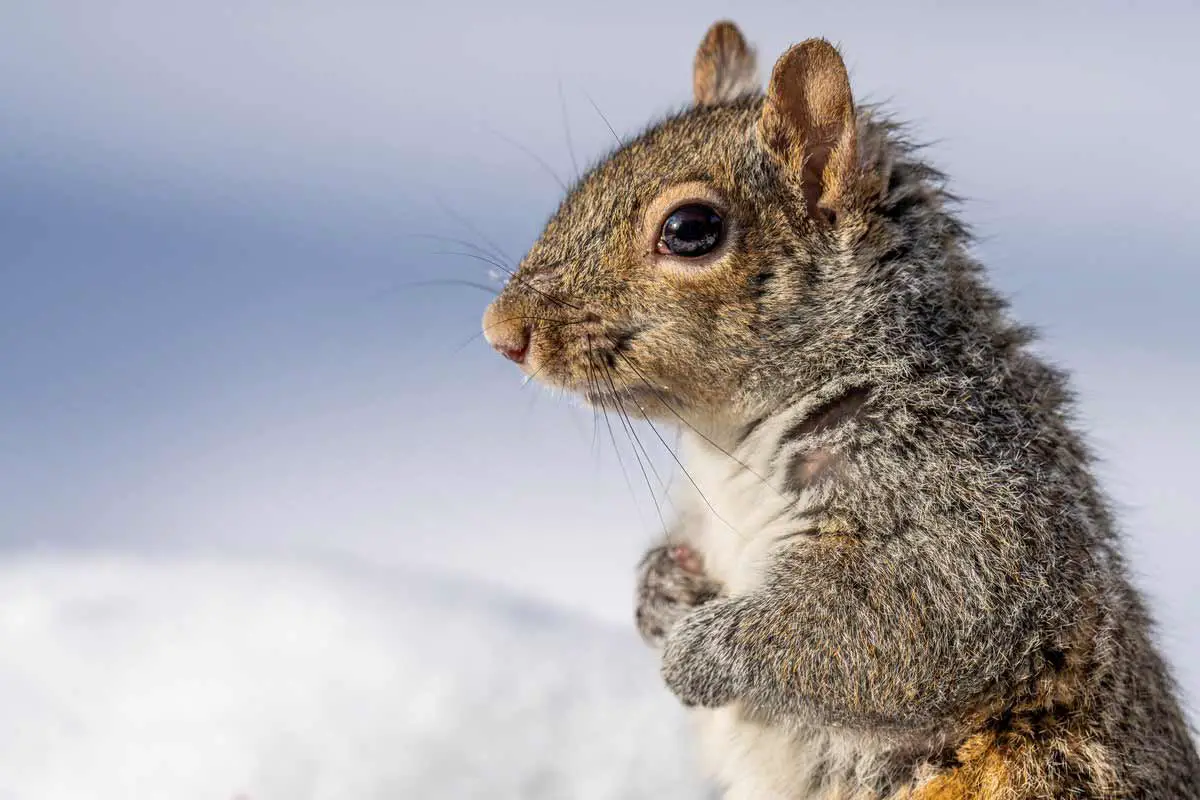
The mammal is lives in a variety of forest settings but prefers old hardwood trees. It is considered a minor nuisance in some areas of Northern America.
The Gray Squirrel has also been called the official state mammal of North Carolina.
They are integral to the forest ecosystem. They consume a lot of seeds from plants and trees. When they catch these seeds, it helps distribute the seeds, hence maintaining the tree’s growth.
They are small, yet fast creatures that love to eat truffles. Due to their eating activity, they also disperse truffle fungal spores.
Risks to Forest Habitats
The main risk that forest habitats around the globe experience today is deforestation. Trees in forests are being cut down at an extremely fast rate (around 3.5 billion to 7 billion every year) which means there are lesser resources and not as much shelter for the organisms that exist and thrive there.
Trees are often chopped down to make room for farming and cattle farms, but they’re also deforested for wood and paper. Forests are also in jeopardy because of forest fires, which can distress the habitat in a small.
The American Forest Foundation (AFF) is an organization that is dedicated to the national conservation and protection of the forestland. It also delivers clean water and wildlife habitat to maintain the ecosystem.
To protect parks and nature, The National Park Service, an agency of the United States federal government, looks after all the national parks in the country to protect and preserve them.
Today, sustainable solutions are being recommended to those that labor or reside in these vital forests. For instance, native people are prompted to crop fruits and nuts from the trees as a substitute of chopping them down to make space for farmland.
